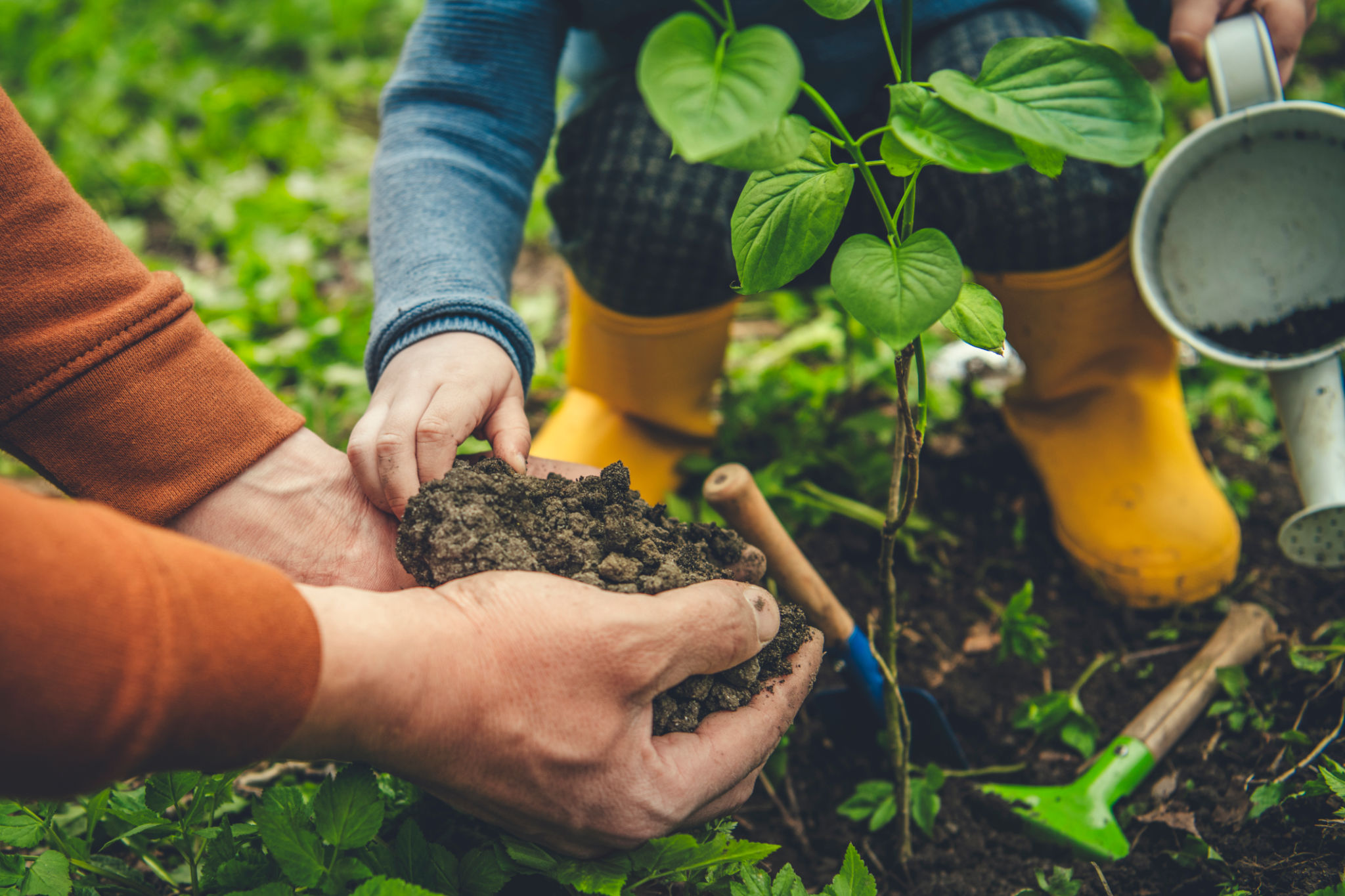Case Study: Successful Tree Preservation Projects in Buncombe County
Understanding the Importance of Tree Preservation
Tree preservation is a critical aspect of environmental conservation, providing a myriad of benefits such as improving air quality, offering shade, and enhancing the aesthetic value of an area. In Buncombe County, these efforts have gained momentum, leading to successful preservation projects that serve as a model for other regions.
In this blog post, we will explore some of the most notable tree preservation projects in Buncombe County, highlighting their strategies, challenges, and outcomes. These projects not only showcase the community's dedication to environmental stewardship but also demonstrate effective methodologies that can be replicated elsewhere.

The Buncombe County Tree Initiative
The Buncombe County Tree Initiative is one of the most comprehensive preservation efforts to date. This initiative aims to conserve native tree species and ensure their survival through community engagement and education. The project has successfully preserved numerous tree species that are vital to the local ecosystem.
Key strategies implemented by the initiative include:
- Conducting regular tree health assessments.
- Implementing strategic planting and maintenance programs.
- Engaging with the community through workshops and volunteer programs.

Challenges Faced and Overcome
Despite its success, the Buncombe County Tree Initiative faced several challenges. One of the primary hurdles was securing adequate funding and resources. The initiative overcame this by forming partnerships with local businesses and organizations, which provided both financial support and volunteers.
Another significant challenge was raising public awareness about the importance of tree preservation. Through educational campaigns and community events, the initiative successfully increased public engagement and participation.
Case Study: The Riverside Park Project
The Riverside Park Project is another exemplary case of successful tree preservation in Buncombe County. This project focused on restoring and preserving the natural habitat along the riverbanks, which had been affected by urban development. Through reforestation efforts, the project not only enhanced the park's biodiversity but also improved flood control and water quality.

The project involved planting over 1,000 native trees and shrubs, creating a sustainable habitat for wildlife. It also included constructing walking trails that allow residents to enjoy the beauty of the preserved area while minimizing human impact on the environment.
Measuring Success
The success of these projects in Buncombe County can be measured by several key indicators:
- Increased biodiversity in preserved areas.
- Improved air and water quality metrics.
- High levels of community participation and awareness.
These indicators showcase the positive impact that dedicated preservation efforts can have on both the environment and the community.
Conclusion: A Model for Future Preservation Projects
The successful tree preservation projects in Buncombe County serve as a model for future initiatives. By combining strategic planning, community engagement, and educational outreach, these projects have not only preserved vital ecosystems but have also fostered a culture of environmental responsibility.
As more communities recognize the value of preserving their natural resources, Buncombe County's projects offer valuable insights and strategies that can help guide similar efforts around the world. Ultimately, these initiatives highlight the profound impact that dedicated tree preservation can have on both local environments and global conservation efforts.
